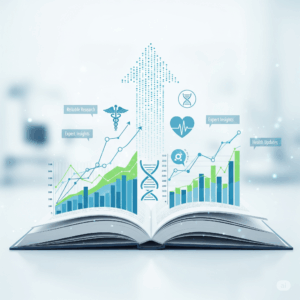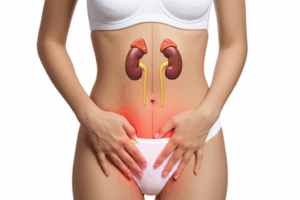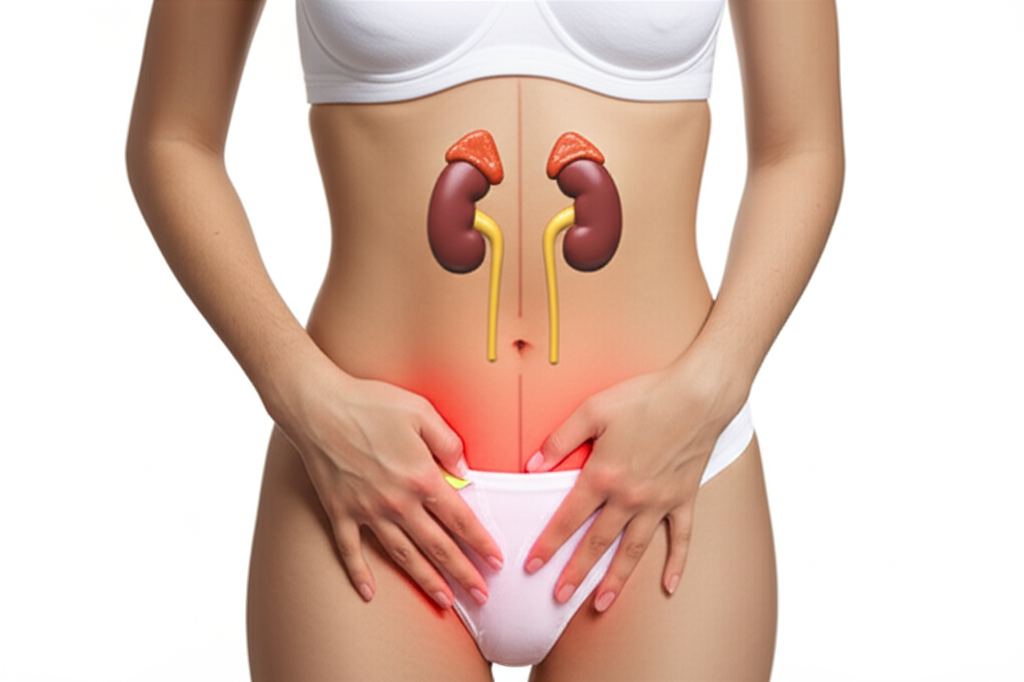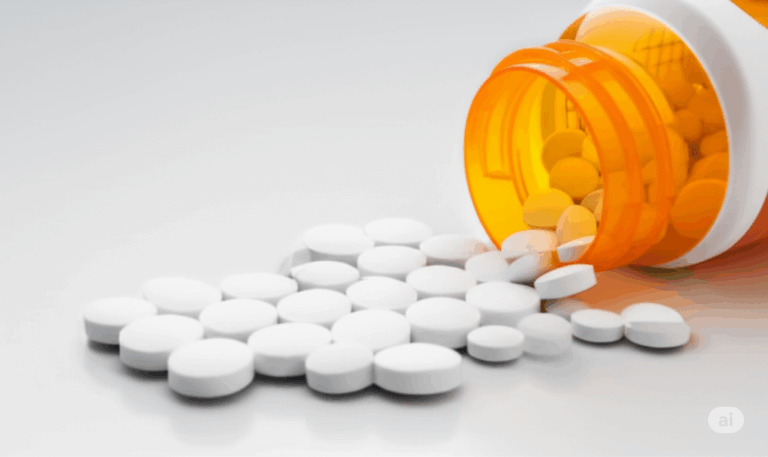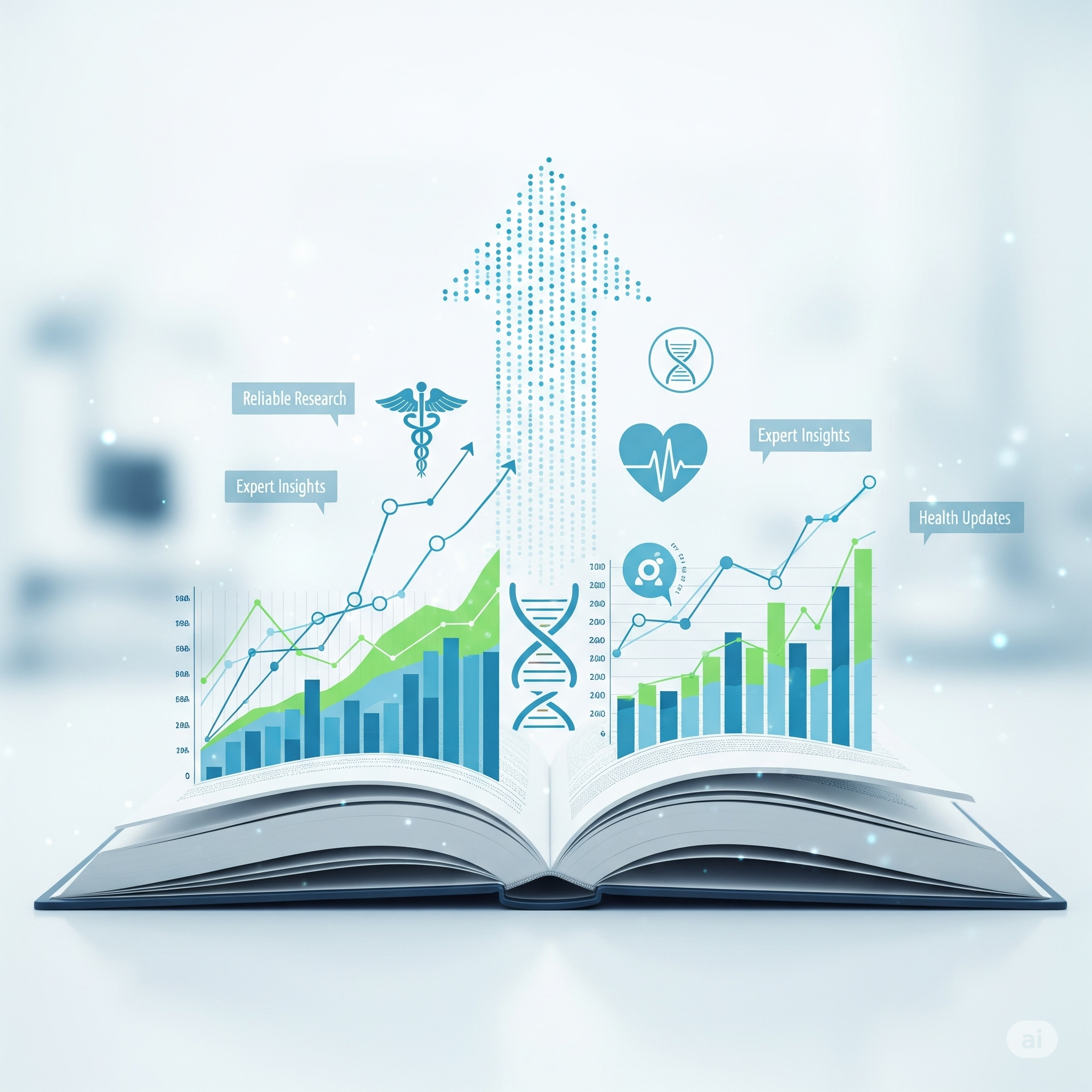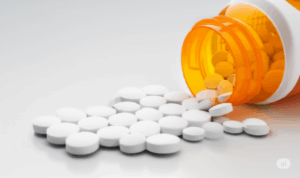Your kidneys are working overtime right now, filtering 50 gallons of blood every single day. But here’s the scary truth: kidney disease does not tend to cause symptoms when it’s at an early stage, which means millions of Americans are walking around with damaged kidneys and don’t even know it.
By the time most people realize something’s wrong, they’ve already lost 60-70% of their kidney function. But what if you could catch the warning signs years earlier? What if a simple change in your morning routine or an unusual feeling of fatigue was actually your kidneys crying out for help?
The good news? Your body is constantly sending you signals. You just need to know what to look for.
Why Early Detection of Kidney Damage Matters More Than Ever
Kidney disease affects over 37 million Americans, yet 90% don’t know they have it. For busy adults aged 30-50, this silent epidemic is particularly dangerous because we’re in our prime working years, often stressed, and likely ignoring subtle health changes as “just getting older.”
At Stage 1 CKD, your kidneys still work well, but you may have early signs of kidney damage. This is your golden window—the time when lifestyle changes, dietary adjustments, and medical intervention can actually reverse or halt the progression.
Once kidney damage progresses to later stages, your options become limited to dialysis or transplant. That’s why recognizing these early signs of kidney damage could literally save your life.
The 5 Early Signs of Kidney Damage You’re Probably Ignoring
1. Unexplained Fatigue That Won’t Go Away
Do you find yourself exhausted even after a full night’s sleep? Before you blame it on stress or aging, consider this: your kidneys produce a hormone called erythropoietin (EPO), which signals your body to make red blood cells.
When kidneys start failing, they can’t produce enough EPO, leading to anemia. If you have fewer of them, your blood can’t deliver as much oxygen to your muscles and brain as they need.
What to watch for:
- Feeling tired even after adequate sleep
- Difficulty concentrating at work
- Needing more caffeine than usual to function
- Unexplained fatigue and feelings of weakness
When to worry: If fatigue persists for more than 2-3 weeks despite good sleep habits and isn’t linked to increased stress or activity levels.
2. Foamy or Bubbly Urine (The #1 Most Missed Sign)
This might be the most important early sign of kidney damage that people dismiss as “normal.” Persistent foamy urine noticed upon voiding is considered a warning sign of kidney disease, yet most people either don’t notice or assume it’s harmless.
Here’s what’s really happening: protein in the urine is an early sign that the kidneys’ filters have been damaged, allowing protein to leak into the urine. When protein mixes with urine, it creates a foam similar to what happens when you shake up egg whites.
What normal vs. concerning looks like:
- Normal: A few bubbles that disappear quickly
- Concerning: Multiple layers of small to medium bubbles in urine voided into a container, such as a toilet bowl
Red flag moment: If you consistently see foam that persists for more than a few seconds, especially if it looks like cappuccino foam, don’t wait—see your doctor.
3. Subtle Swelling Around Your Eyes or Ankles
That “puffy” look you’ve been attributing to a bad night’s sleep or too much salt might actually be one of the early signs of kidney damage. This puffiness around your eyes can be due to the fact that your kidneys are leaking a large amount of protein in the urine, rather than keeping it in the body.
When kidneys can’t regulate fluid balance properly, your body starts retaining water in soft tissues. The swelling typically starts around the eyes (especially noticeable in the morning) and progresses to hands, feet, and ankles as damage worsens.
Early warning signs:
- Morning puffiness that takes longer than usual to go down
- Rings feeling tighter than normal
- Socks leaving deeper indentations than usual
- Swelling (edema), especially around your hands or feet
4. Changes in Urination Patterns
Your bathroom habits reveal more about kidney health than you might think. As CKD worsens, you may develop: Dark or foamy urine, blood in your urine, or a need to pee more often.
But early changes are more subtle:
Frequency changes: Needing to urinate more often, especially at night (getting up 2+ times when you used to sleep through) Color variations: Consistently darker urine despite adequate hydration, or occasional pink/red tinge Volume changes: Either producing much more or much less urine than normal
Important note: These changes need to persist for several days to be concerning. One-off instances are usually related to diet, hydration, or temporary illness.
5. Persistent Bad Taste in Your Mouth or Metallic Breath
This is perhaps the most unexpected early sign of kidney damage, but it’s rooted in solid science. When your kidneys can’t filter out waste, it can cause a condition called uremia. That can make your mouth smell.
As waste products build up in your bloodstream, they can cause:
- A metallic or ammonia-like taste in your mouth
- Bad breath that doesn’t improve with oral hygiene
- Food tasting “off” or losing flavor
- Nausea or vomiting and upset your stomach
This often coincides with a decreased appetite, which many people dismiss as stress or lifestyle factors.
Why These Signs Are So Easy to Miss
The challenge with early signs of kidney damage is that they’re incredibly subtle and mimic other common health issues. Here’s why most people ignore them:
The “Aging” Trap: Many dismiss fatigue and minor aches as normal parts of getting older The “Stress” Excuse: Busy professionals attribute concentration problems and tiredness to work pressure The “Diet” Deflection: Bloating and puffiness get blamed on food choices or hormones The “Too Busy” Problem: Minor symptoms don’t seem urgent enough to warrant a doctor’s visit
Who’s at Highest Risk?
While anyone can develop kidney disease, certain factors dramatically increase your risk:
Medical conditions:
- Diabetes (leading cause of kidney disease)
- High blood pressure
- Heart disease
- Family history of kidney disease
- Autoimmune disorders
Lifestyle factors:
- Regular use of NSAIDs (ibuprofen, naproxen)
- High-sodium diet
- Excessive protein intake
- Dehydration
- Smoking
Demographics:
- Adults over 60
- African Americans, Hispanics, Native Americans, and Asian Americans
- People with obesity
What to Do If You Recognize These Signs
If you’re experiencing one or more of these early signs of kidney damage, don’t panic—but don’t wait either. Early intervention can make the difference between reversible kidney damage and lifelong disease management.
Immediate Steps:
- Schedule a comprehensive metabolic panel including creatinine and eGFR
- Request a urinalysis to check for protein and blood
- Monitor your blood pressure at home for one week
- Keep a symptom diary noting when you feel fatigue, notice swelling, or see foamy urine
Questions to Ask Your Doctor:
- What’s my current eGFR (kidney function rate)?
- Do I have protein in my urine?
- What’s my creatinine level, and how does it compare to previous tests?
- Should I see a nephrologist (kidney specialist)?
Protecting Your Kidneys Starting Today
While you’re waiting for test results, these evidence-based strategies can help protect your kidney function:
Dietary Changes:
- Reduce sodium to less than 2,300mg daily (about 1 teaspoon of salt)
- Limit processed foods and restaurant meals
- Choose fresh fruits and vegetables over packaged options
- Stay hydrated with 8-10 glasses of water daily
Lifestyle Modifications:
- Exercise regularly to improve blood flow and reduce blood pressure
- Maintain a healthy weight
- Limit alcohol consumption
- Quit smoking (smoking accelerates kidney damage)
- Manage stress through meditation, yoga, or other relaxation techniques
Medication Awareness:
- Use NSAIDs sparingly and only as directed
- Work with your doctor to optimize blood pressure and diabetes medications
- Be cautious with herbal supplements (some can damage kidneys)
The Bottom Line on Early Kidney Damage Detection
Your kidneys are remarkably resilient organs, but they’re also masters of disguise when it comes to early damage. A severe decrease in kidney function can lead to a buildup of toxins and impurities in the blood, but by the time symptoms become obvious, significant damage has already occurred.
The early signs of kidney damage we’ve discussed—persistent fatigue, foamy urine, subtle swelling, urination changes, and metallic taste—are your body’s early warning system. Ignoring them isn’t just risky; it could be the difference between maintaining healthy kidneys for life and facing dialysis in your 50s or 60s.
Remember: kidney disease is often called a silent killer because symptoms develop so gradually that people adapt to feeling unwell. Don’t let this happen to you.
Take action today: If you recognize any of these signs, schedule an appointment with your healthcare provider within the next two weeks. Early detection of kidney damage isn’t just about preventing disease—it’s about preserving your quality of life for decades to come.
Medical Disclaimer: This information is for educational purposes only and not intended to replace professional medical advice. If you suspect kidney problems, consult with a healthcare provider immediately. Early intervention is crucial for kidney health outcomes.
